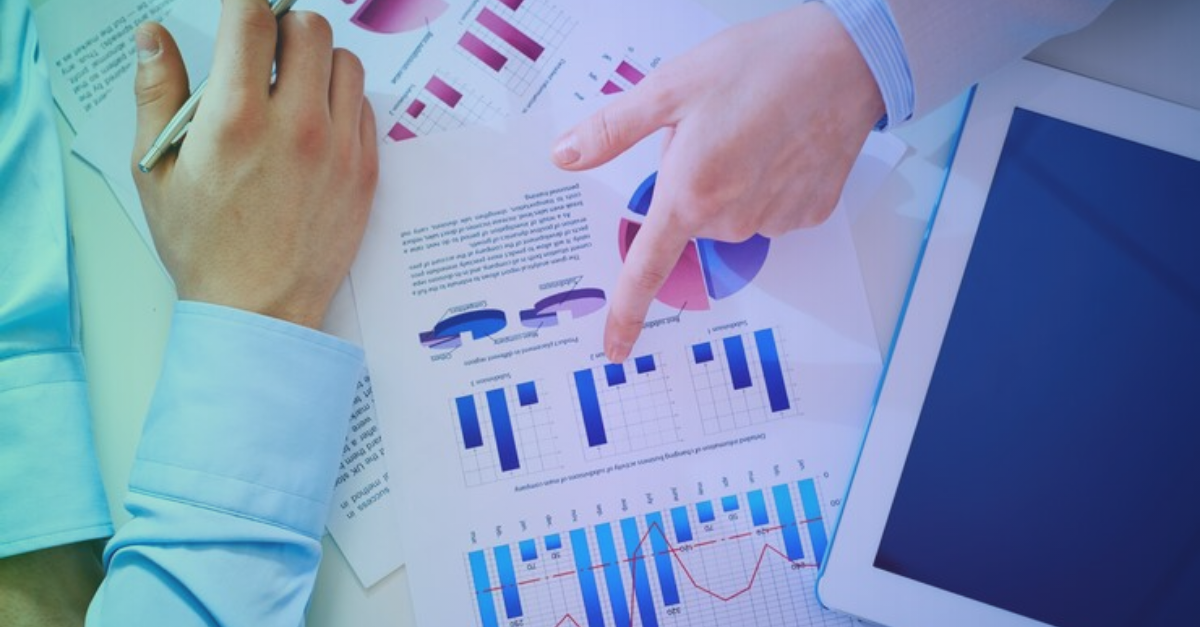Data Integration
How to Effectively Integrate IoT Data for Better Insights and Efficiency
Jul 18, 2024
Understanding the full potential of IoT data integration is essential for optimizing your business operations. The vast amount of data generated by IoT devices presents a unique opportunity - one that demands expert integration techniques to fully capitalize on. This requires a complex approach to data management and analysis, ensuring seamless integration across all levels of your organization.
This guide provides expert strategies to fully utilize your IoT infrastructure. We’ll cover IoT data integration, offering insights to improve efficiency and make the best decisions.
Understanding IoT Data Integration
IoT data integration involves merging data from various IoT devices into a unified system, allowing for comprehensive analysis and utilization. This process goes beyond simple data collection; it requires complex techniques to aggregate, normalize, and process data in real-time. By doing so, you can transform raw data into actionable insights that drive your business forward.
To achieve effective IoT data integration, you must understand the complexities involved in handling distinct data formats and ensuring interoperability among devices. Using advanced integration platforms can help streamline this process, providing powerful frameworks for data ingestion, transformation, and analysis.
The Importance of IoT Integration
1. Enhancing Operational Efficiency
Seamless IoT data integration significantly improves operational workflows. By automating data collection and processing, you can reduce manual intervention and minimize errors. For instance, in manufacturing, integrating sensor data with production systems enables real-time monitoring and predictive maintenance, reducing downtime and improving productivity. This approach not only improves efficiency but also leads to substantial cost savings.
2. Enabling Better Decision-Making
Integrated IoT data provides a holistic view of your operations, enabling the best decision-making. With comprehensive insights at your fingertips, you can identify trends, predict outcomes, and make strategic choices that push your business forward.
Consider a retail scenario where IoT data integration allows you to analyze customer behavior, optimize inventory management, and personalize marketing efforts. These data-driven decisions translate into increased sales and customer satisfaction.
Key Components of an IoT Integration Platform

1. IoT Integration Platform Overview
Selecting the optimal IoT integration platform is significant for advanced data integration. Advanced platforms should offer real-time data processing capabilities, enabling immediate analysis and response. Scalability is essential to accommodate the growing influx of IoT data, and robust security protocols must be in place to protect sensitive information.
These platforms should support a wide range of data protocols and formats, ensuring interoperability among different IoT devices and systems. Additionally, the platform must handle substantial data volumes efficiently and support edge computing to process data closer to the source, reducing latency. Seamless integration with your existing IT infrastructure is important, ensuring that the platform can improve your current systems without causing disruptions.
2. Data Integration Tools
Effectively integrating IoT data requires using specialized data integration tools that can handle the unique demands of IoT environments. These tools provide functionalities for data extraction, transformation, and loading (ETL), ensuring seamless data flow across different systems and devices. Here’s how leading tools can facilitate this process:
1. Apache NiFi: Known for its powerful data flow management capabilities, Apache NiFi automates data movement between systems, offering real-time data streaming, transformation, and routing. Its user-friendly interface allows for designing and monitoring data flows, making it ideal for complex IoT environments where data integrity and consistency are significant.
2. Talend: Talend provides a comprehensive suite for data integration and management, supporting a wide range of connectors and advanced data transformation capabilities. Its real-time big data integration tools seamlessly integrate with Hadoop and Spark, making it suitable for managing large-scale IoT data and enabling powerful analytics.
3. Microsoft Azure Data Factory: This cloud-based ETL service offers scalable and reliable data integration, supporting data movement and transformation from various sources, including on-premises and cloud-based systems. Integration with other Azure services allows for advanced analytics and machine learning applications, improving the value derived from IoT data.
3. Technical Implementation
Implementing IoT data integration requires a systematic approach. Start by identifying data sources and defining integration requirements. Use APIs and middleware to connect devices and systems, ensuring data flows seamlessly.
Employ data transformation techniques to standardize and clean data, making it suitable for analysis. Throughout the process, address challenges such as data latency, security, and scalability by implementing appropriate solutions.
Capabilities of IoT Integration
1. Data Handling and Processing
Managing IoT data requires advanced techniques to handle large amounts of data efficiently. Implement distributed computing frameworks like Apache Kafka and Apache Spark, which facilitate real-time data streaming and processing. These technologies enable on-the-fly analysis, ensuring that data is processed as it arrives, which is important for timely decision-making.
Implement encryption methods such as TLS and AES to protect data in transit and at rest. Implement access control mechanisms, such as role-based access control (RBAC), to restrict data access to authorized personnel only. Regular audits and monitoring can help you detect and lessen any potential security breaches, maintaining the trustworthiness of your IoT data.
2. Scalability and Flexibility
As your IoT data grows, your integration platform must scale without losing performance. Cloud solutions like AWS and Microsoft Azure offer elastic scaling, adjusting resources based on demand in real time.
Flexibility is more important in IoT integration. Your platform should integrate various data sources and types, including new devices and technologies, to evolve with your business needs. Using a microservices architecture increases this flexibility, allowing updates and deployments of individual components without disrupting the entire system.
3. Real-Time Data Processing
Real-time data processing is most important for deriving immediate insights from IoT data, which can significantly improve operational efficiency. Stream processing frameworks like Apache Flink and Google Cloud Dataflow are effective for handling continuous data flows and generating instant analytics. These frameworks support complex event processing (CEP), which allows you to detect patterns and trigger actions based on real-time data.
Conclusion
Realizing the potential of IoT data integration can truly improve your business. By thoroughly understanding IoT data, selecting the right tools, and applying advanced techniques, you can turn your data into a valuable asset.
Whether you’re aiming to improve operational efficiency, make smarter decisions, or handle integration challenges, learning IoT data integration will set your business up for success in the digital age. Use these strategies to uncover new opportunities and stay ahead of the competition.

Data Analytics
Jun 27, 2024Master key concepts in data analytics with practical tips to enhance decision-making and achieve success in your projects and professional growth

Data Analytics
Jul 01, 2024Learn the essential stages of the data analytics workflow to turn your data into valuable business insights and drive growth.

